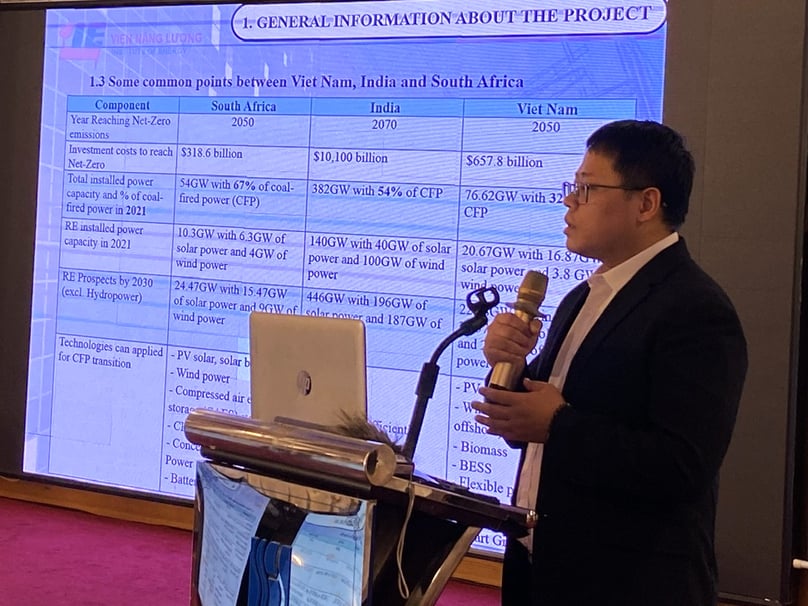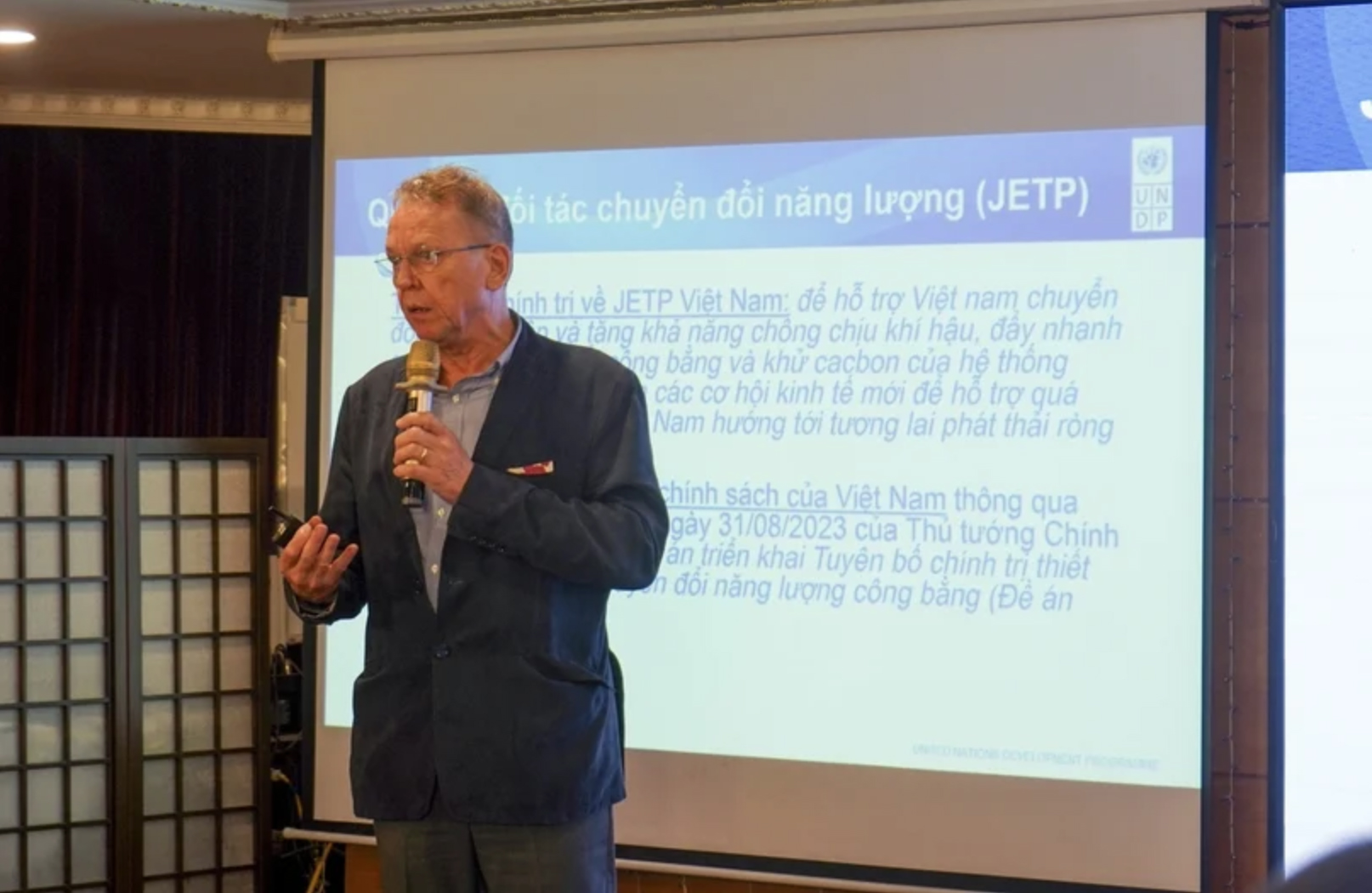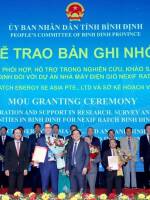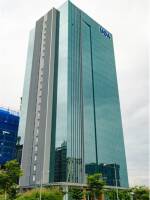
Vietnam will have to invest $533.9-657.8 billion to achieve its target of net-zero greenhouse gas (GHG) emissions by 2050, according to the Institute of Energy (IoE) under the Ministry of Industry and Trade.
The institute estimates that of the total sum, $499 billion to $631 billion would go towards developing electricity sources, including onshore and offshore wind power, pumped storage hydropower and hydrogen.
The estimates were revealed by the institute’s Nguyen Xuan Trung at a technical meeting organized last week by the United Nations Development Program (UNDP) Vietnam.
To facilitate Vietnam’s energy transition, the Vietnamese government announced in August 2023 the Resource Mobilization Plan (RMP) for implementation of the Just Energy Transition in Vietnam (JETP), noted Koos Neefjes, climate change policy advisor, UNDP Vietnam.

In the RMP, the transition from coal power generation is accorded top investment top priority. It supports coal power plant flexibility and transitioning through technical assistance and supporting technical capacities.
It also covers restructuring debt with blended finance to reduce transition costs and compensate for forgone revenue; conducting pre-feasibility and feasibility studies of coal-power plants that can transition to alternative energy sources and uses.
Of a total of $15.5 billion estimated for implementing the RMP, International Partners Group (IPG) members have pledged $7.75 billion in public finance and Glasgow Financial Alliance for Net Zero (GFANZ) has agreed to raise at least $7.75 billion in private financing.
IPG members will provide concessional finance at below market rates to state-owned enterprises (SOEs) while GFANZ loans will be offered at market interest rates.
A total of $2.75 billion of concessional loans (loans made on more attractive terms than Vietnam could secure in the capital markets) will be disbursed through ADB, EIB, AFD, and KfW. Of this, $2.18 billion will be sovereign loans or sovereign guarantees.
Commercial DFI instruments (equity, guarantees, loans) of over $5 billion will be on commercial terms but will include development objectives.
Barriers to investment in coal-fired power plant (CFPP) transitioning include a lack of bankable projects for commercial financing and a lack of clarity on blending private and public financing, Neefjes said. In addition, in recent years, Vietnam has not accepted sovereign lending or sovereign guarantees to SOEs for financing the energy projects.
Regulatory barriers include: (a) PDP8 limitations to solar PV combined with Battery Energy Storage Systems (BESS) as an alternative to coal power generation; (b) no clear reward for ancillary services in the Vietnam wholesale electricity market from BESS, solar power and synchronous condenser (SYNCON).
He recommended that CFPP convene with specific financiers (IPG member, GFANZ member, national commercial bank), based on initial assessment of options by IoE and identify opportunities for creating bankable projects.
Quang Minh




